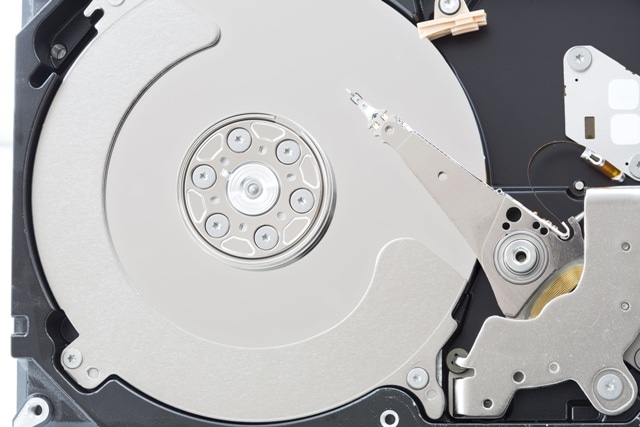Jul 1 2016
Quantum mechanics is not only of high interest in fundamental research. The current progress in quantum technologies promises numerous innovations of industrial relevance, which will be transferred into the economy within the next five to ten years. Researchers from the Fraunhofer Institute for Applied Solid State Physics IAF, the University of Stuttgart, and the Max Planck Institute for Solid State Research are developing highly sensitive diamond probes as a basis for novel quantum sensors. These are able to characterize smallest magnetic fields with a spatial resolution in the nanometer range. In the future, these probes will be used for the analysis and inspection of magnetic storage media in order to identify defective hard drive segments and thus considerably reduce rejection rates and production costs. A further field of application could be the characterization of biological substances, e. g. proteins. The research program »NMR (Nuclear Magnetic Resonance) at the Nanoscale« has been launched in 2016 and will be running over the next three years.
 The diamond probes will be used for the quality control of magnetic storage media in order to reduce rejection rates and production costs. © Photo Harald Biebel - Fotolia.com
The diamond probes will be used for the quality control of magnetic storage media in order to reduce rejection rates and production costs. © Photo Harald Biebel - Fotolia.com
The realization of magnetic field sensors made from diamond tips is the immediate aim of the cooperation between Prof. Jörg Wrachtrup (University of Stuttgart), Prof. Klaus Kern (Max Planck Institute), and Christoph Nebel (Fraunhofer IAF). The detection of magnetic fields is carried out with the help of a so called nitrogen vacancy center (NV), located approximately 10 nanometers below the surface of the diamond tip. The tips (see image below) are comparable to the probes of an atomic force microscope and can be moved across magnetic elements of inorganic or biological materials with high precision. Applications of economic significance are measuring and calibration probes for the quality control of magnetic storage disks and read heads, with dimensions that will soon reach 20 nanometers and below.
Furthermore, the researchers plan to position these nitrogen vacancy centers, which are sensitive to magnetic fields, in diamond platelets in order to visualize the distribution of magnetic moments. This procedure is similar to the conventional optical microscopy with the picture showing the distribution of local magnetic fields.
Checking hard drives with magnetic field sensors made of diamond
The market for storage media has been booming for many years. The reason for this trend is the increasing digitalization in all areas of life, causing a rapid increase in the amount of data generated worldwide. While in 2015, it accounted for 8 zettabytes, the IDC study »Digital Universe« forecasts an increase of up to 40 zettabytes by the year 2020. This corresponds to a doubling of the data volume every two years. How incredibly large this amount actually is, is being illustrated by the experts of the study through the following comparison: If we were to use one sand grain per bit for the storage of our data, the 40 zettabytes of data volume would correspond to 57 times the amount of sand grains of all beaches around the world.
The rising data volume also increases the demand for compact magnetic storage media. Industrial providers produce ever more densely written hard disks. But the rising data density results in an exponential increase in defective segments. When doubling the data density, the defect rate increases tenfold, leading to more rejected goods. Quite often, only single segments of the hard disks are defective. With the new quantum sensors, the researchers from Fraunhofer IAF, the University of Stuttgart, and the Max Planck Institute have now found a potential way to check single data segments on the hard drive. With the diamond sensors, they identify whether or not a magnetic field exists. Defective segments can thus be located and excluded from the writing or reading process. This approach offers the possibility to check millions of hard drives or write heads, reduce rejection rates, and thus save costs.
Nuclear magnetic resonance (NMR) spectroscopy with diamond sensors
This is how the identification of smallest magnetic fields with diamond sensors works: in the tiny diamond tip, two adjacent carbon atoms are being removed and one of the resulting vacancies is replaced by a nitrogen atom. With the help of the electrons of the resulting nitrogen vacancy center, even smallest magnetic fields can be detected with a resolution of a few nanometers thanks to nuclear magnetic resonance (NMR) spectroscopy. This facilitates the identification of non-magnetic and thus defective data segments on the storage media, which can then be excluded from the writing or reading process. The result: The hard drive can be sold without defects. Both customers and producers benefit from the lower rejection rate, as well as the lower production costs.
In the future, the diamond sensors could be used in a large number of different applications, e. g. in biomedicine for the detection of diseases and toxins or in material science for reliability and safety controls.